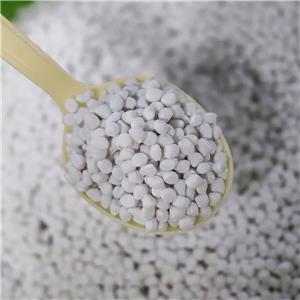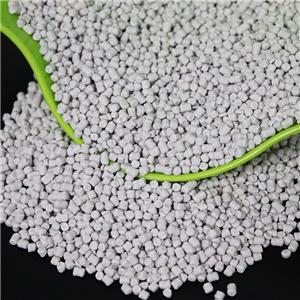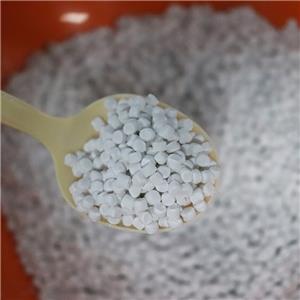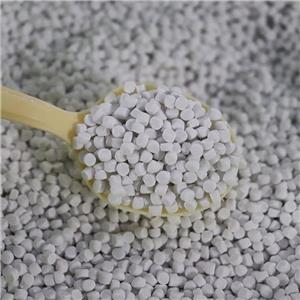Effect of talc fineness on material properties
As an important inorganic filler, talc is widely used in several industries. Its fineness, as a key parameter, has a significant impact on the material properties, mainly in mechanical properties, processing properties and thermal properties and other aspects. The following is a detailed description of these effects.
Mechanical properties
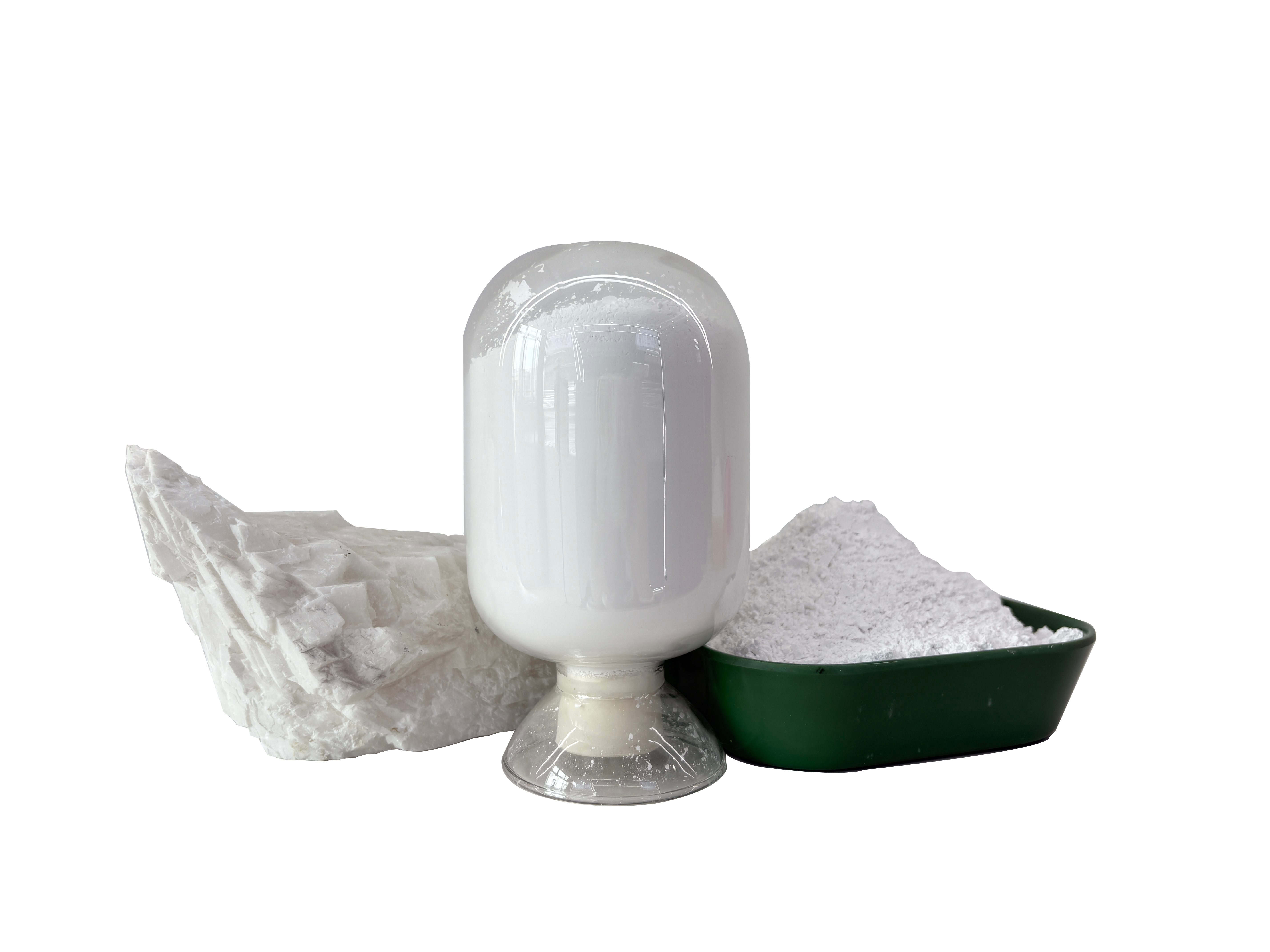
Stiffness and hardness: Talc particles of sufficient fineness can more effectively fill the voids within the material, the smaller the fineness the more uniformly dispersed in the material, forming a more compact microstructure. This compact filling can significantly improve the stiffness and hardness of the material, so that it can withstand greater external forces but not easy to deformation or rupture, thus making the material more durable.
Creep resistance: Talc particles of appropriate fineness help to reduce the creep phenomenon of materials under prolonged stress. Creep is the permanent deformation of a material over time under constant stress, and the addition of talc can slow down this process and improve the shape and dimensional stability of the material. This is particularly important for materials that are subjected to long-term stress.
Tensile and Flexural Strength: Generally speaking, the tensile strength of the material may have a small decrease after the addition of talc, but the flexural strength and flexural modulus will be improved. In particular, as the fineness of the talc increases, the greater the increase in flexural strength and flexural modulus of the composite material.
Processing properties
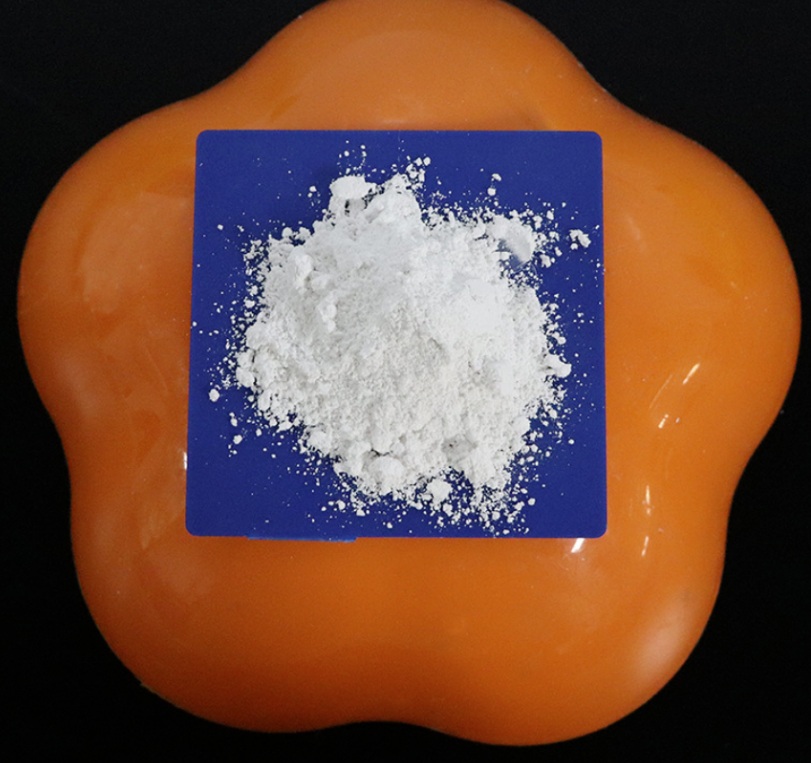
Flowability: The fineness of talc has a significant effect on the flowability of the material. Talc particles with smaller fineness can be more easily distributed evenly in the material, reducing agglomeration and thus improving the flowability of the material. This is particularly important for molding processes such as injection molding and extrusion, where it helps to improve material fillability and molding efficiency.
Mould filling: In injection molding and other molding processes, talcum powder with appropriate fineness can better fill the mold. This not only reduces defects and air bubbles in the mold, but also improves product integrity and quality. In addition, the addition of talc reduces the shrinkage of the material, further improving the dimensional stability of the product.
Thermal Properties
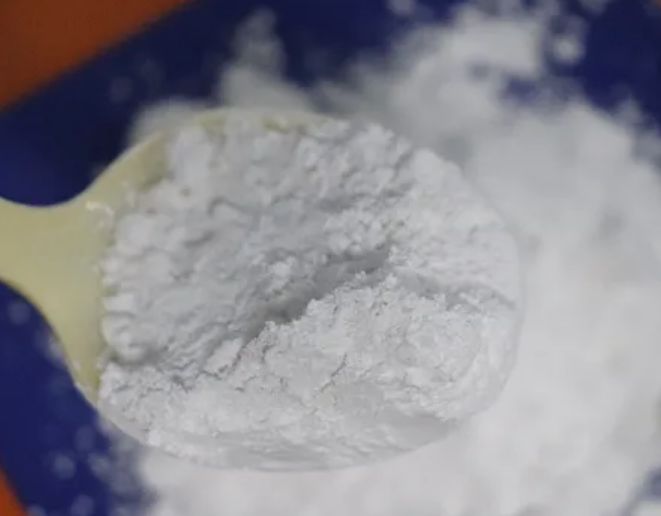
Heat Resistance: Smaller fineness talc particles can effectively improve the heat resistance of the material. Smaller fineness talc particles can form a protective layer in the material, slowing down the rate of heat transfer to the interior of the material. This helps to improve the thermal stability of the material, enabling it to maintain stable performance in high temperature environments.
Flame retardancy: Talc itself is not flame retardant, but when the non-metallic mineral flame retardant synergistic with its symbiosis or the silicon content in its composition reaches a certain level, the silicon element can form a bromine-silicon synergistic mechanism with bromine flame retardant, thus increasing the efficiency of flame retardancy. Talc, as an inorganic synergistic flame retardant, has a significant effect on its fineness on the flame retardant performance. The smaller the fineness of talc, the easier it is to form a dense flame retardant layer in the material, effectively blocking the transfer of oxygen and heat. This dense flame retardant layer can slow down the rate of combustion, and even prevent combustion from occurring in some cases, thus improving the flame retardant properties of the material and reducing the risk of fire. If the talcum powder is not evenly dispersed in the substrate, it may lead to a decrease in flame retardant properties.
Other properties
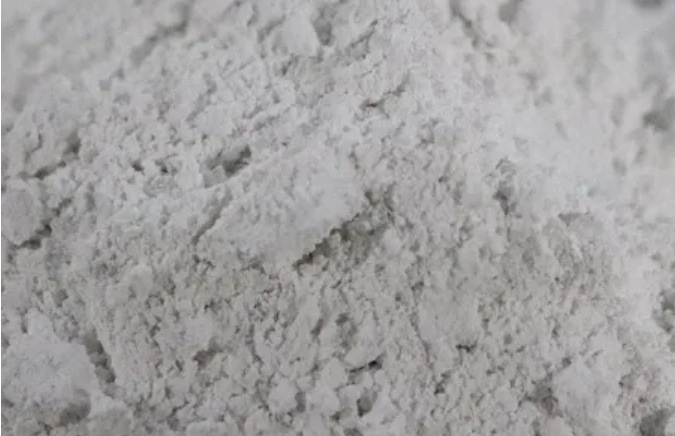
Abrasion resistance: The addition of talc also improves the abrasion resistance of the material. The finer talc particles increase the hardness and smoothness of the material's surface, reducing abrasion and scratching. This is particularly important for materials that are subject to friction and wear.
Dispersion and compatibility: The fineness of talc also has an effect on its dispersion and compatibility in the material. Talc particles with a smaller fineness are more likely to mix well with the substrate and form a stable system. However, too high a fineness may lead to particle agglomeration and dispersion difficulties, so it is necessary to choose the right fineness to balance dispersion and compatibility.

